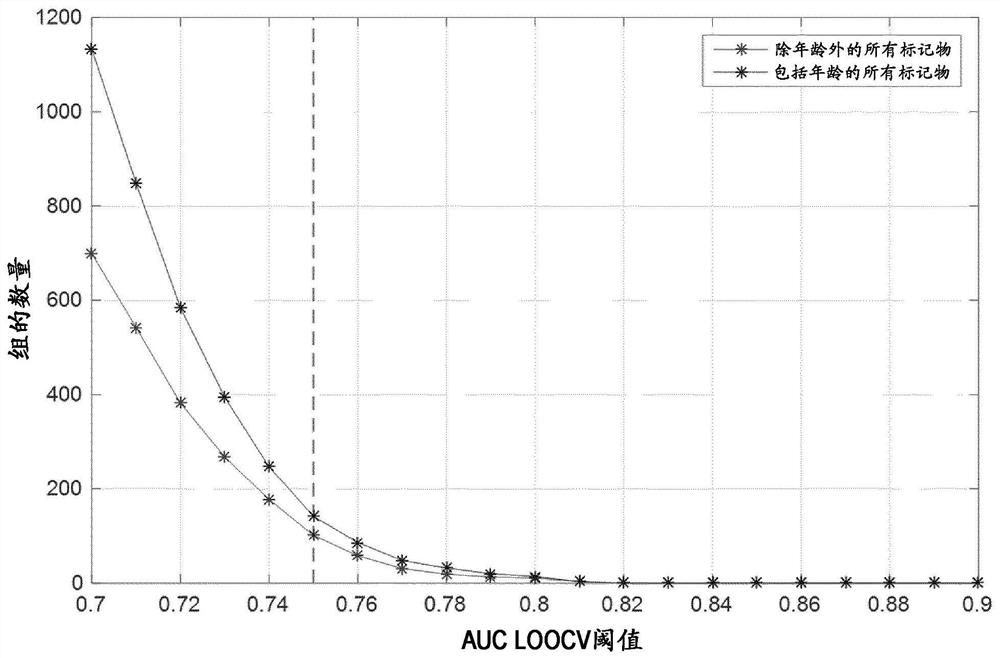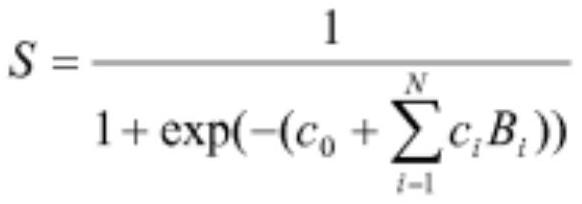Methods, uses and kits for monitoring or predicting response to peripheral disease treatment
A technology for periodontal disease and periodontitis, applied in the field of treatment response and response evaluation, can solve the problems that dentists cannot perform routine operations
- Summary
- Abstract
- Description
- Claims
- Application Information
AI Technical Summary
Problems solved by technology
Method used
Image
Examples
Embodiment Construction
[0042] In a general sense, the present invention is based on the insight that certain combinations of protein biomarkers in saliva samples of human patients can be used to assess or predict patient response to periodontal disease treatment. A combination of biomarkers in saliva can differentiate a successful response to periodontitis treatment from an unsuccessful response to periodontitis treatment. This insight is based at least in part on the finding that the usefulness of a biomarker for diagnosing periodontal disease (eg, prior to treatment) does not necessarily mean that it is also useful for monitoring treatment of that periodontal disease. The current publication proposes clinical definitions of various grades of treatment response, and identifies combinations of salivary protein markers that enable the measurement of post-treatment or pre-treatment (for prediction) concentrations of the combination of salivary protein markers. Assessment or prediction of treatment res...
PUM
 Login to View More
Login to View More Abstract
Description
Claims
Application Information
 Login to View More
Login to View More - R&D
- Intellectual Property
- Life Sciences
- Materials
- Tech Scout
- Unparalleled Data Quality
- Higher Quality Content
- 60% Fewer Hallucinations
Browse by: Latest US Patents, China's latest patents, Technical Efficacy Thesaurus, Application Domain, Technology Topic, Popular Technical Reports.
© 2025 PatSnap. All rights reserved.Legal|Privacy policy|Modern Slavery Act Transparency Statement|Sitemap|About US| Contact US: help@patsnap.com



